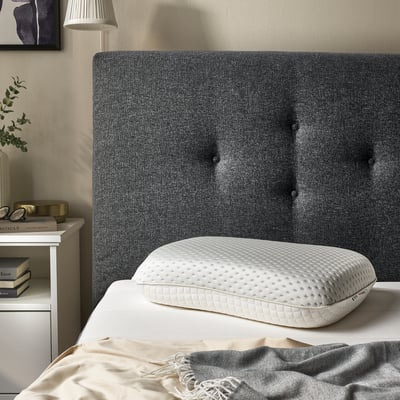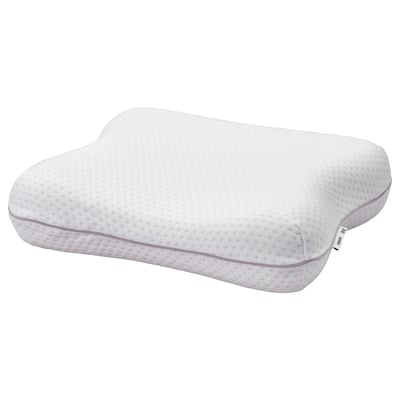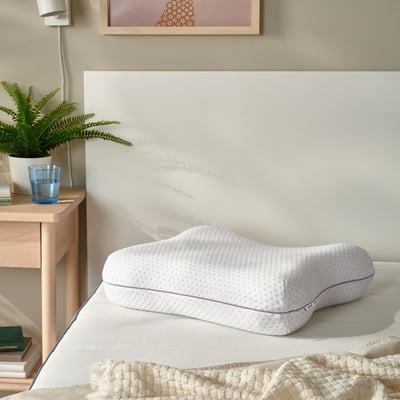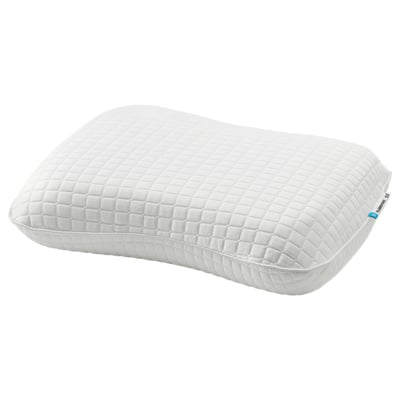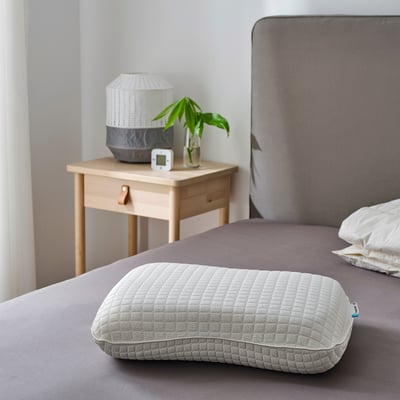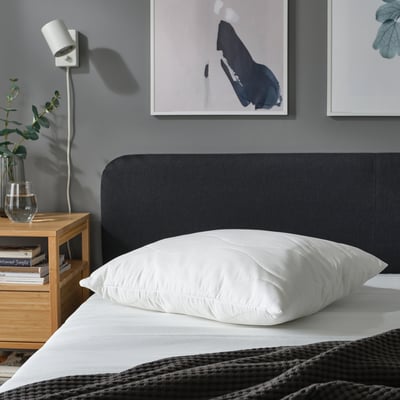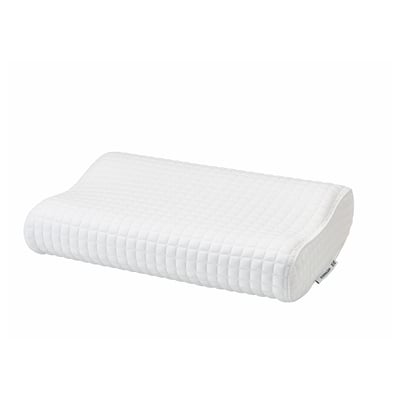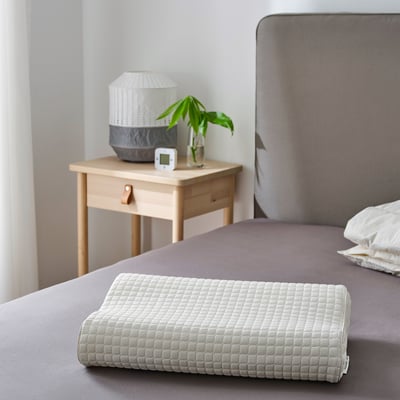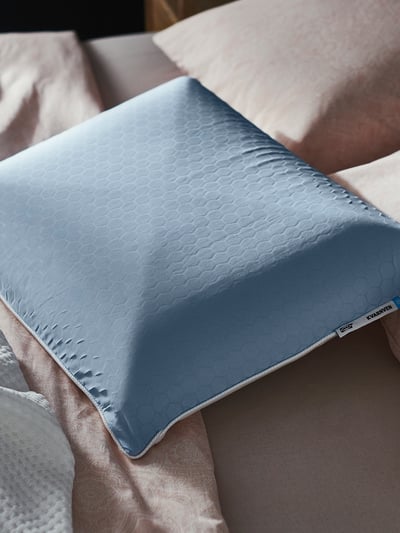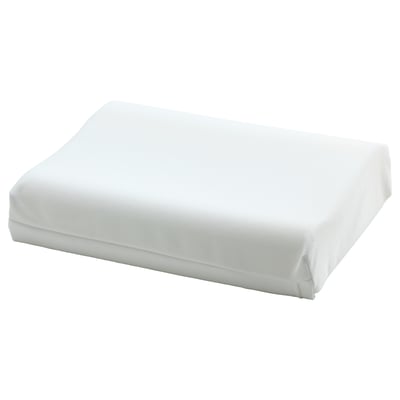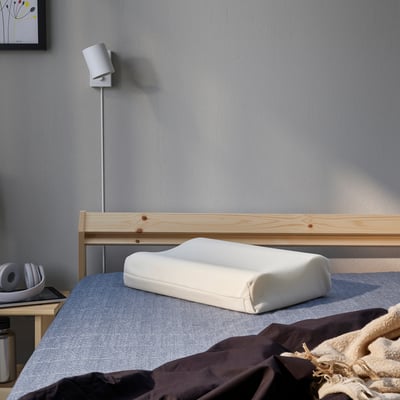Ergonomic pillows
To find the pillow for your perfect night’s sleep, start with your favourite sleeping position (on your back, side or stomach) and then look for specific benefits and features for your individual needs. But no matter which one you fall for, they’re all designed to make you sleep like a log.
Sort and Filter
Recently viewed
Related categories
Elevate your sleep quality with an ergonomic pillow
Whether you're a back sleeper or a side sleeper, finding the right pillow is crucial for a restful night's sleep. Ergonomic pillows are designed to provide optimal support and alignment, helping to alleviate neck and shoulder pain.
What is an ergonomic pillow?
An ergonomic pillow is a sleep accessory designed to match your body's natural curves. Unlike standard pillows, it provides targeted support to your head, neck, and shoulders. These pillows maintain proper spinal alignment and reduce pressure points, working to alleviate common issues like neck pain and stiffness. By promoting a more natural sleeping position, ergonomic pillows aim to enhance your overall sleep quality and comfort.
How to use an ergonomic pillow effectively
Proper positioning is crucial for maximising the benefits of an ergonomic pillow. Here are some tips to help ensure you're using it correctly:
- Align the pillow: Place the pillow so that the lower curve supports your neck and the higher curve cradles your head.
- Adjust for sleep position: Side sleepers may need a higher loft, while back sleepers might prefer a lower profile.
- Give it time: Allow your body a few nights to adjust to the new support. Patience is key as you adapt to improved sleep posture.
Remember, the goal is to maintain a neutral spine alignment throughout the night. Your head should be in line with your shoulders, neither tilted up nor down.
How to sleep on an ergonomic pillow
Adapting to an ergonomic pillow may take some time, but the benefits are significant. Here's how to optimise your sleep experience based on your preferred sleeping position:
- Back sleepers: Rest your head in the centre of the pillow, allowing the contoured part to support your neck's natural curve.
- Side sleepers: Position the pillow to fill the space between your ear and shoulder, keeping your spine aligned and your head level.
- Stomach sleepers: This position isn't ideal for spinal health. If you must sleep on your stomach, use a very thin pillow or none at all to minimise neck strain.
The key is to maintain a neutral spine alignment throughout the night, which reduces muscle tension and promotes more restful sleep. Remember, individual comfort may vary, so don't hesitate to make slight adjustments to find your perfect position.

